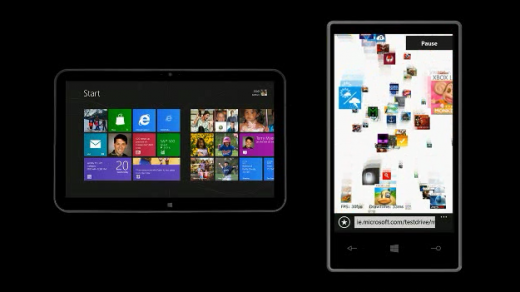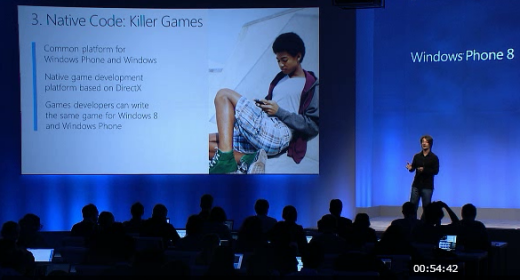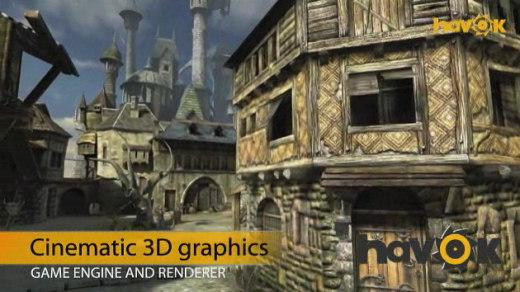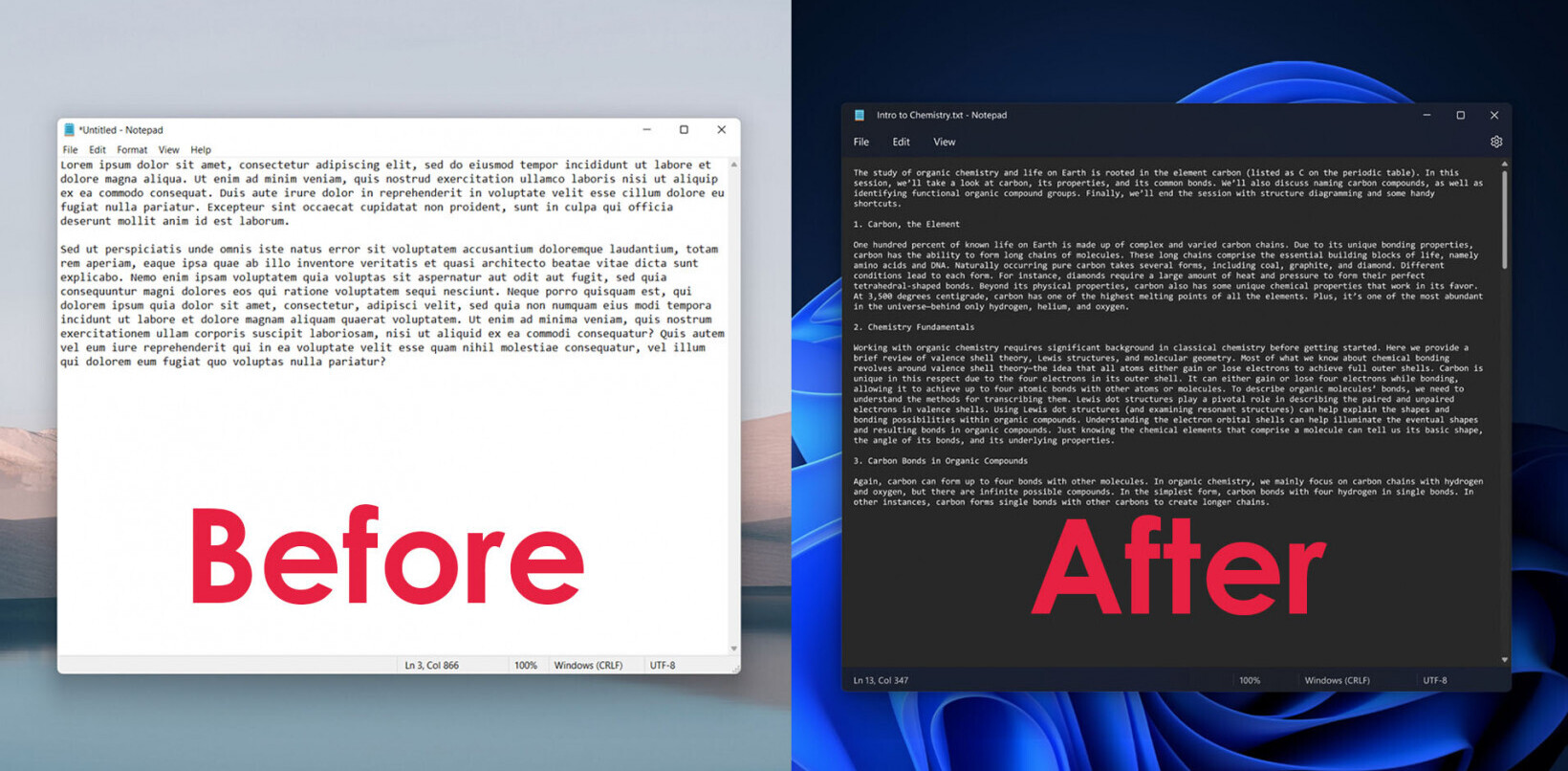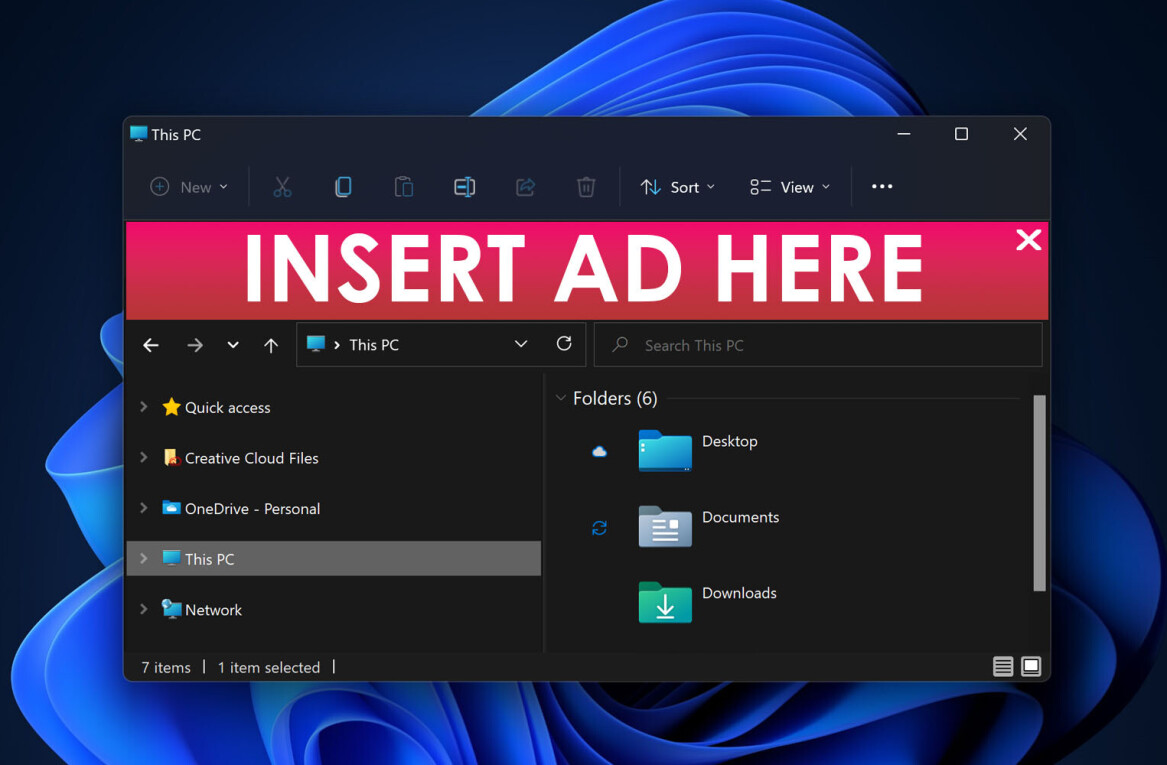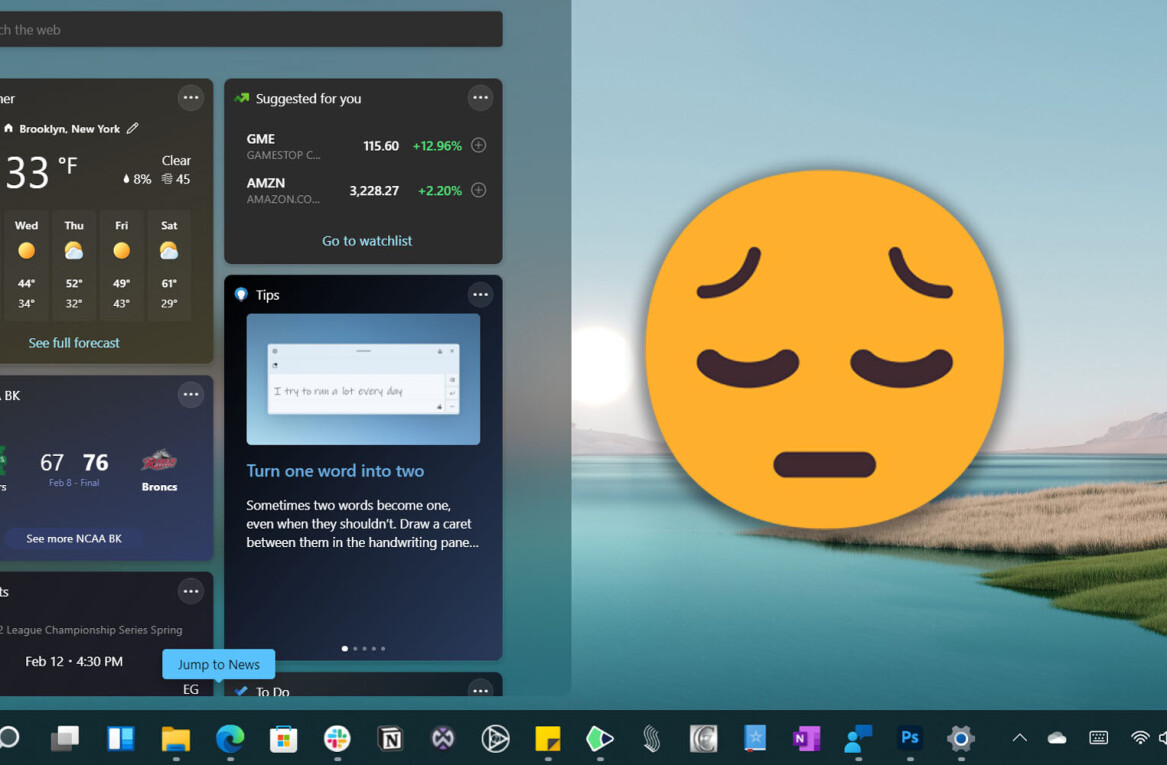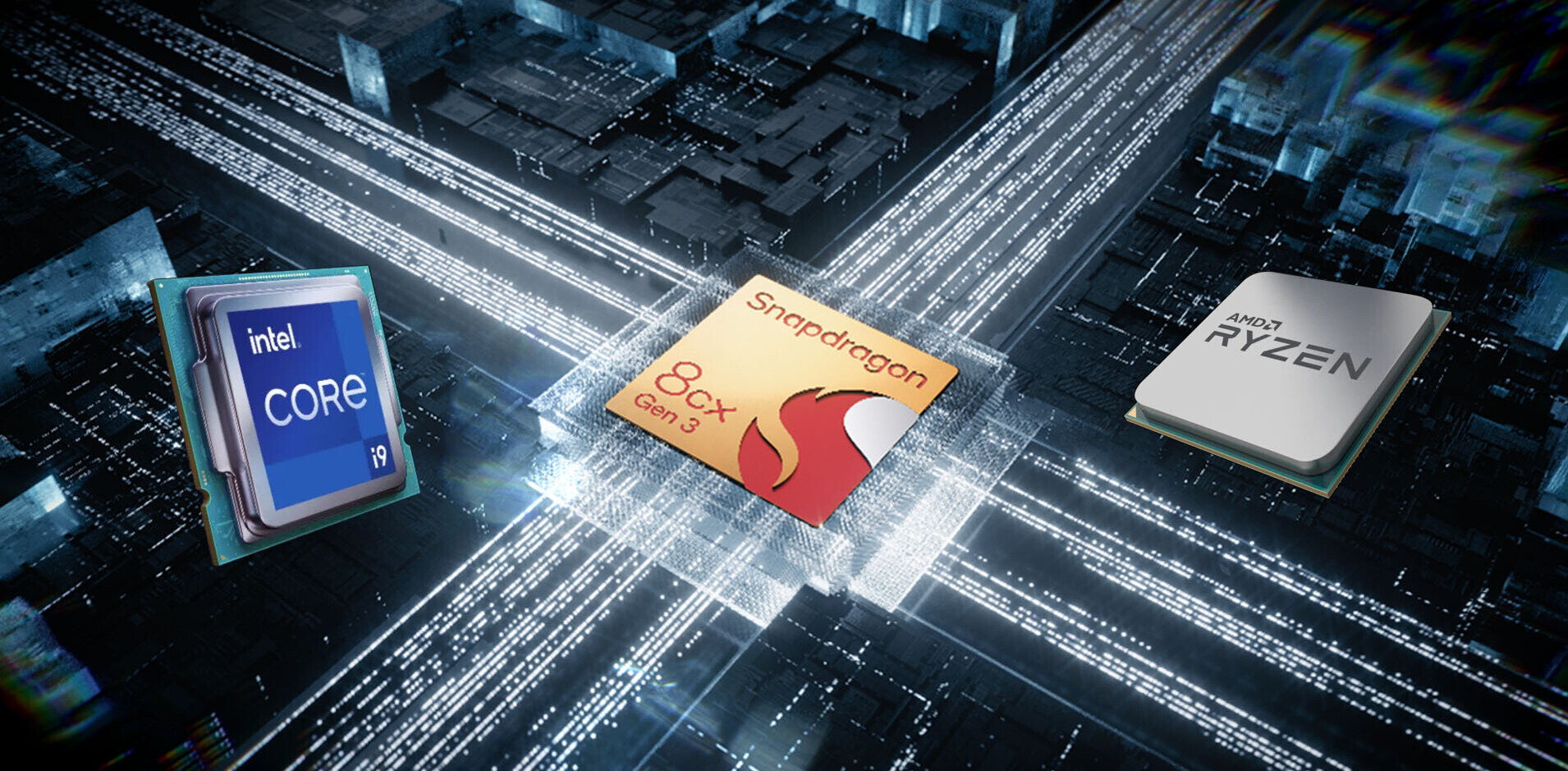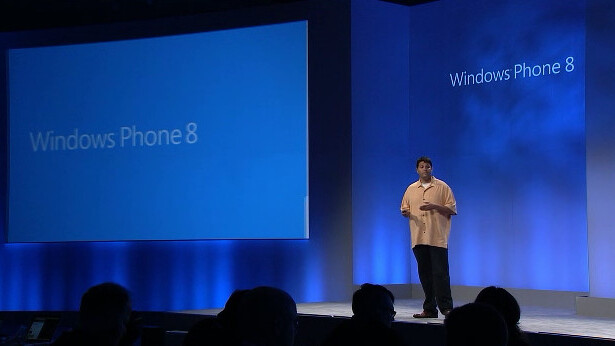
Today at the Windows Phone Summit, Microsoft has announced that new phones with WP8 will ship with a shared Windows core — a complete software revamp which will allow WP to support multiple cores. This change means that we’re about to see a lot more power coming out of WP soon, which comes in contrast to the less than impressive hardware that’s hit the market thus far.
For consumers, of which we just learned that currently 1.3 billion people use the Windows core every day, this new shared core brings a much greater change in hardware, bringing better games, improved multitasking and faster software. Most significantly, apps that work on Windows can be easily ported to WP8 and vice versa.
Here’s what’s new:
- Latest and greatest hardware: Expect multi-core chipsets, 3 new screen resolutions supported (wvga wxga and 720p) and removable microSD support, which means more than just storage, as it enables phone to phone and phone to PC transfers. This means better games and improved multitasking.

- IE10 will be the same on all devices: tablets, phones, desktop. More features: Smartscreen built in with 4x javascript performance and 2x HTML5 performance compared to windows phone 7.5. This includes support for touch events.

- Native code (native C and C++) enabled by shared core: Code can be easily ported from phones to desktops — a big plus for the ecosystem. This brings a common platform between WP and Windows. This allows native game development based on DirectX. Same .NET engine.

- NFC: Works across phones, materials, ads, and more. Most importantly, WP supports 3rd-party NFC integration.
- Wallet API for developers: For example, a bank app could integrate with Microsoft’s Wallet to allow payment requests.
- Enterprise ready: security fundamentals, technology innovation, industry leadership, complete security platform – bitlocker like thing, and secure boot, app distro – fleixble/business controlled, Device management
- In app purchases: More money for developers. Integrated with Wallet.
- Havok engine coming to WP, as well as a new new speech platform

More than anything, these changes seem to cut down dramatically on fragmentation between all Windows devices, including tablets, phones and PCs. The problem is, should everything really be write once, run everywhere? It presents quite a lot of problems in terms of usability design.
We haven’t, by any means, seen everything there is to see, as today’s presentation is really just a platform preview. As release dates get closer, we’ll surely see quite a lot of dev outreach and new details of emerging features and capabilities.
Get the TNW newsletter
Get the most important tech news in your inbox each week.

